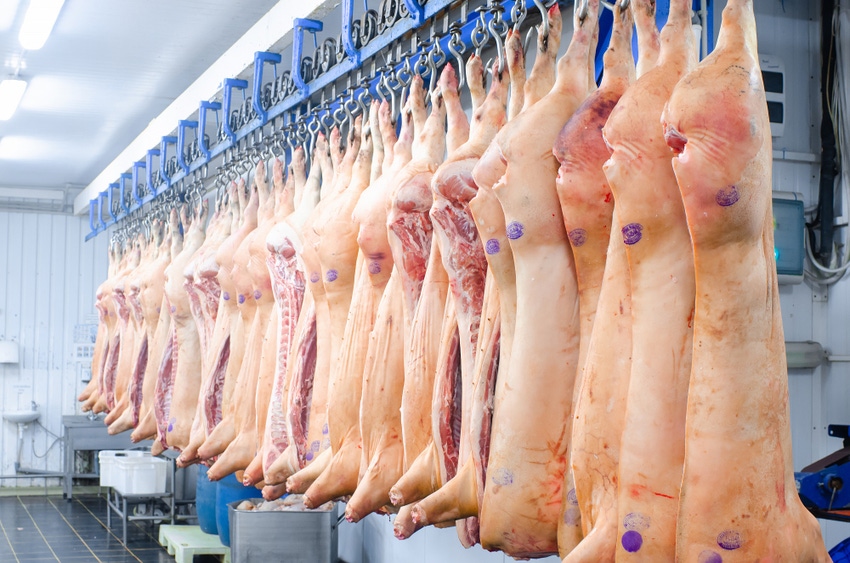Taskforce strengthens protections for H-2B workers
One percent of H-2B visa holders work specifically in the meat and dairy industries.

The U.S. Department of Labor, the Department of Homeland Security, the Department of State and the U.S. Agency for International Development are strengthening protections for workers in the H-2B program. Task force actions include better protecting workers engaged in labor disputes, addressing exploitation during recruitment and sharing resources with workers to inform them of their rights.
The H-2B nonimmigrant program permits employers to temporarily hire nonimmigrants to perform nonagricultural labor or services in the United States. According to DHS, 126,426 nonimmigrants were issued H-2B visas or otherwise acquired H-2B status in FY 2022.
“The H-2B program has been plagued by worker exploitation for too long,” said Acting Secretary of Labor Julie Su. “The Biden-Harris administration is committed to protecting H2-B workers from abuse and with this report, we’re taking a whole-of-government approach to protecting these vulnerable workers, which will also help ensure they are not used to undercut labor standards for domestic workers. We look forward to working with our sister agencies across the federal government to implement these recommendations and work towards better protecting every worker in America.”
Most H-2B visa holders work predominantly in non-agriculture industries, such as landscaping, forestry and recreation; 1 % of H-2B visa holders work specifically in the meat and dairy industries.
In fiscal year 2021, meat and dairy employers requested a combined total of 34,245 H-2A and H-2B workers, according to a study by the American Immigration Council. Of those, DOL certified 32,071. More than 93% of those temporary workers were on H-2A visas; with the remainder at meat packing plants on H-2B visas.
HyLife Foods’ Windom, Minnesota pork plant, which filed for bankruptcy earlier this year and was sold to Premium Iowa Pork, was one of the largest H2-B visa employers in the meat industry in 2022. Approximately half of its 1,000 employees were in the United States on H-2B visas.
More than a dozen action items were outlined in the White House H-2B Worker Protection Taskforce report to advance protections for H-2B and, in some cases, H-2A workers as well. These actions include:
Reducing workers’ vulnerability to exploitation from labor recruiters and employers by using enhanced information collection from other agencies, making it easier to prevent and enforce against exploitation by recruiters.
Empowering workers by identifying and developing resources designed to provide workers with information about their rights under H-2 programs and disseminating information widely, including through MigrantWorker.gov and through additional task force agency channels.
Leveraging existing data to increase transparency and reduce the vulnerability of H-2 workers through interagency data sharing, which will improve outreach and streamline responses to labor law violations.
Participating in a new interagency H-2 Worker Protection Working Group to guide the implementation of deliverables described in the task force report.
About the Author(s)
You May Also Like





